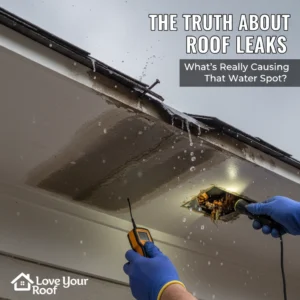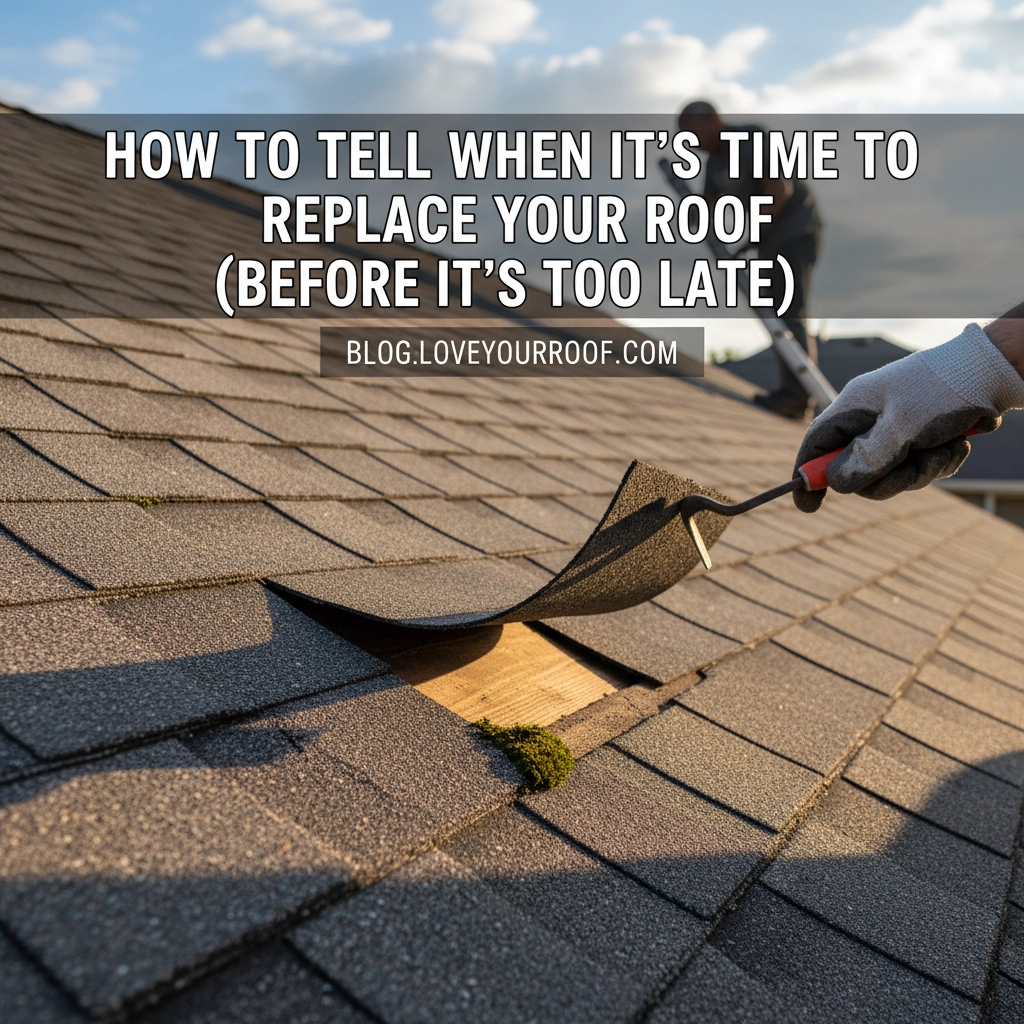
Your roof silently protects your home 24/7, but most Charlotte homeowners don't think about it until something goes wrong. The problem? By the time you notice water dripping into your living room, your roof has likely been sending warning signals for months or even years.
Here's the thing – catching these early signs can save you thousands of dollars in emergency repairs and prevent the headache of dealing with water damage throughout your home. Let's walk through the key indicators that it's time to start planning for a roof replacement, so you can make this decision on your terms instead of scrambling during the next storm.
The Age Factor: Your Roof's Silent Timer
The most straightforward indicator is simply how old your roof is. If your asphalt shingles are pushing 20-25 years, it's time to start paying attention – even if everything looks fine from the ground.
Think of it like your car. You might still be driving it at 200,000 miles, but you're probably keeping a closer eye on every little noise and getting more frequent check-ups. Your roof works the same way.
Here's a neat trick: look around your neighborhood. If you start seeing roofing trucks on every other street, that's a good sign your roof is approaching its expiration date too. Houses built around the same time experience similar weather conditions, so they tend to need replacement around the same timeframe.
Other materials have different lifespans – wood shakes can last about 30 years, while metal roofs might give you 50 years of service. But in Charlotte, most of us are dealing with asphalt shingles, so that 20-25 year mark is your benchmark.
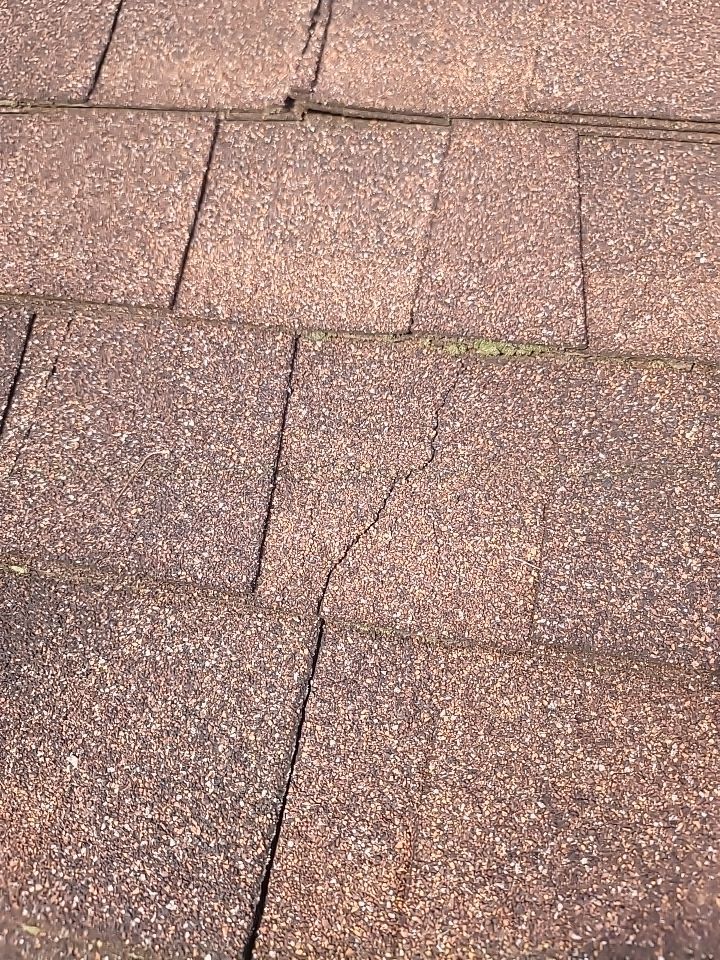
Shingle Damage: The Visible Warning Signs
Curling and Cupping
Walk out to your driveway and take a good look at your roof. See any shingle edges curling upward like potato chips? Or maybe the centers are dipping down, creating little cups? These aren't just cosmetic issues – they're red flags that your shingles have lost their flexibility and can no longer do their job properly.
Curled shingles can't shed water effectively, which means moisture starts finding its way into places it shouldn't be. This problem often gets worse quickly, especially after a few more seasons of Charlotte's hot summers and occasional ice storms.
Missing and Cracked Shingles
This one's pretty obvious, but you'd be surprised how many homeowners ignore a few missing shingles, thinking they're no big deal. Here's the reality: every missing shingle is like leaving a window open during a rainstorm.
Cracked shingles are sneakier. They might look intact from a distance, but those cracks create pathways for water to seep through. After a heavy storm, grab some binoculars and scan your roof for any obvious gaps or cracks.
Granule Loss: The Sneaky Culprit
Those little granules on your asphalt shingles aren't just for show – they protect the underlying material from UV rays and add fire resistance. When they start washing away, your shingles become vulnerable to rapid deterioration.
Check your gutters after a storm. If you're finding what looks like coarse sand or small pebbles, those are granules from your shingles. A little granule loss is normal, especially on a newer roof, but if your gutters are consistently full of this material, your shingles are breaking down.
You might also notice "bald spots" on your roof where the granules have worn away completely, exposing the dark asphalt underneath. These spots accelerate the aging process and create weak points in your roof's defense system.
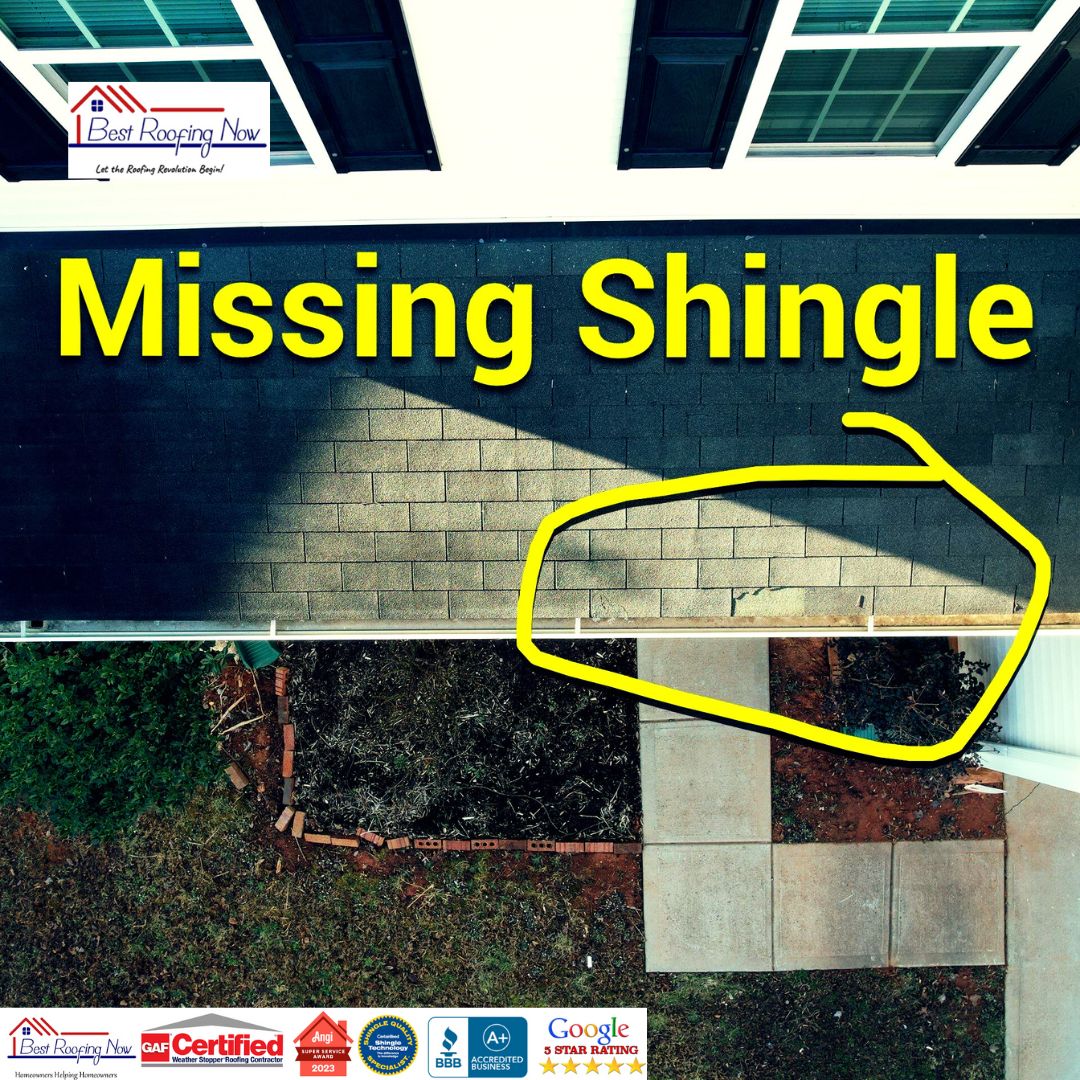
Water Intrusion: The Point of No Return
If you're seeing water stains on your ceiling or walls, your roof has moved beyond "needs attention soon" to "needs attention now." Water intrusion doesn't just damage your roof – it can ruin insulation, promote mold growth, and even damage your home's structural elements.
The tricky thing about roof leaks is that water doesn't always enter where you see the stain. It might be traveling along rafters or other structural elements before showing up in your living space. This is why a professional inspection becomes crucial once you spot any interior water damage.
Don't wait for a "small" leak to get bigger. Water damage has a way of escalating quickly, especially in our humid Charlotte climate where mold can take hold fast.
Structural Red Flags: When Your Roof is Crying for Help
Sagging: The Emergency Signal
A sagging roofline is never normal and always urgent. If you notice dips, waves, or low spots when looking at your roof from the street, call a professional immediately. This often indicates that the underlying structure is compromised, possibly from water damage or excessive weight.
Sagging can happen gradually, so you might not notice it if you see your house every day. Ask a neighbor or friend to take a look, or check old photos of your house to see if the roofline looks different.
The Wavy Look
Even if your roof isn't dramatically sagging, a wavy or uneven appearance suggests underlying problems. Your roofline should be straight and strong. Any deviation from that clean line indicates structural issues that need professional evaluation.
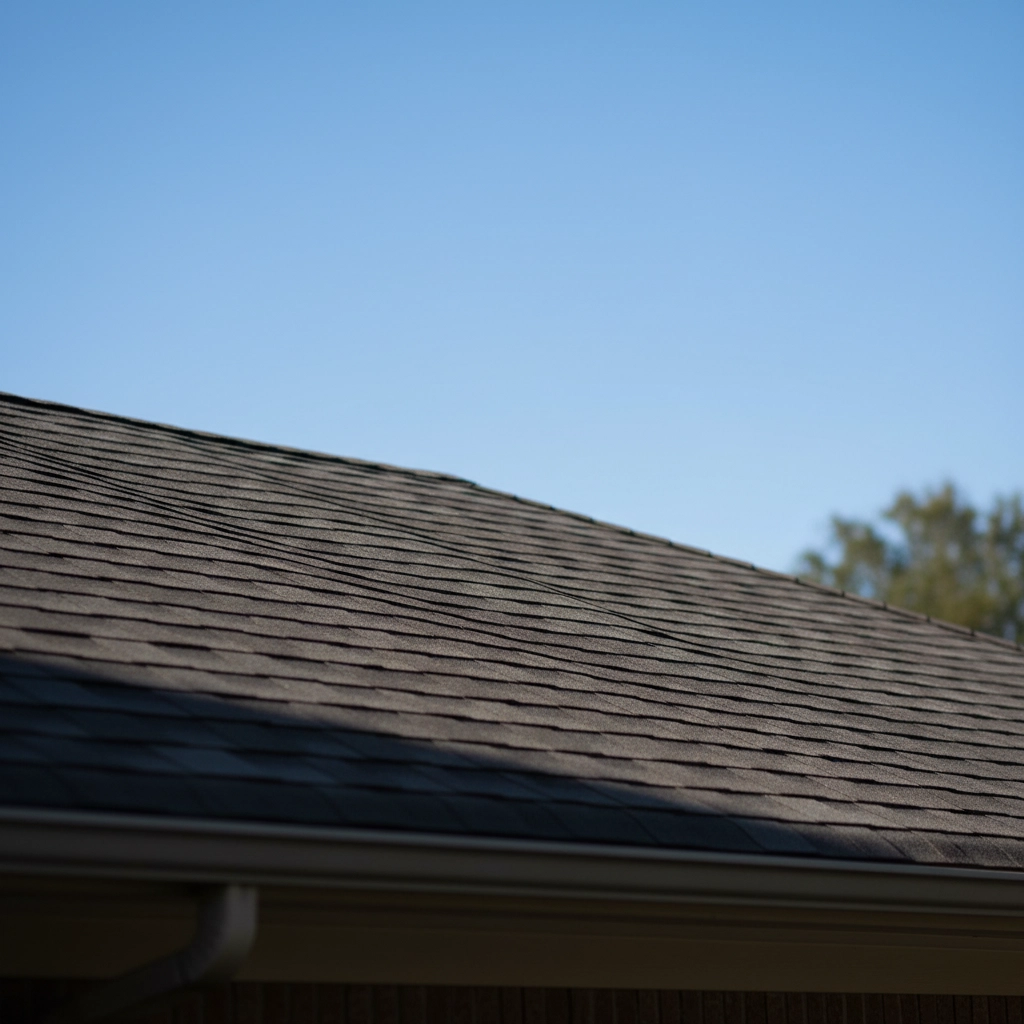
Other Warning Signs to Watch For
Moss, Mold, and Dark Streaks
That green stuff growing on your roof isn't just unsightly – it's holding moisture against your shingles and potentially shortening their lifespan. Moss is particularly problematic because it can lift shingles and create entry points for water.
Dark streaks running down your roof are usually caused by algae. While primarily cosmetic, they indicate that your roof is retaining moisture in ways it shouldn't be.
Rusty Flashing and Exposed Nails
Take a look around your chimney, vents, and other roof penetrations. If you see rust on the metal flashing or exposed, rusty nails, these are signs that your roof's waterproof seals are failing.
Why Homeowners Often Miss These Signs
Most of us don't climb up on our roofs regularly (and we shouldn't without proper safety equipment). Many warning signs are subtle from ground level, and problems can develop gradually over time. Plus, nobody really wants to think about a major home expense like roof replacement.
But here's the truth: ignoring these signs doesn't make them go away – it just makes the eventual repair more expensive and disruptive.
Why Acting Early Matters
Replacing your roof proactively gives you several advantages:
You can plan and budget instead of scrambling for emergency funding. You can choose your contractor carefully instead of hiring whoever's available during a crisis. You can potentially work around your schedule instead of dealing with emergency repairs during the worst possible time.
Most importantly, you avoid the cascading damage that happens when a failing roof finally gives out completely. Water damage to your home's interior, personal belongings, and structural elements can easily cost more than the roof replacement itself.
Taking the Next Step
If your roof is showing any combination of these warning signs, don't put off getting a professional evaluation. A qualified roofing contractor can give you an honest assessment of your roof's condition and help you understand your options.
Remember, recognizing these signs early isn't about creating panic – it's about giving yourself control over the situation. Your roof is one of your home's most important systems, and staying ahead of problems is always cheaper and less stressful than dealing with emergencies.
At Best Roofing Now, we believe in honest assessments and helping Charlotte homeowners make informed decisions about their roofs. If you're seeing any of these warning signs, contact us for a thorough inspection. We'll help you understand exactly what you're dealing with and what your best options are moving forward.




